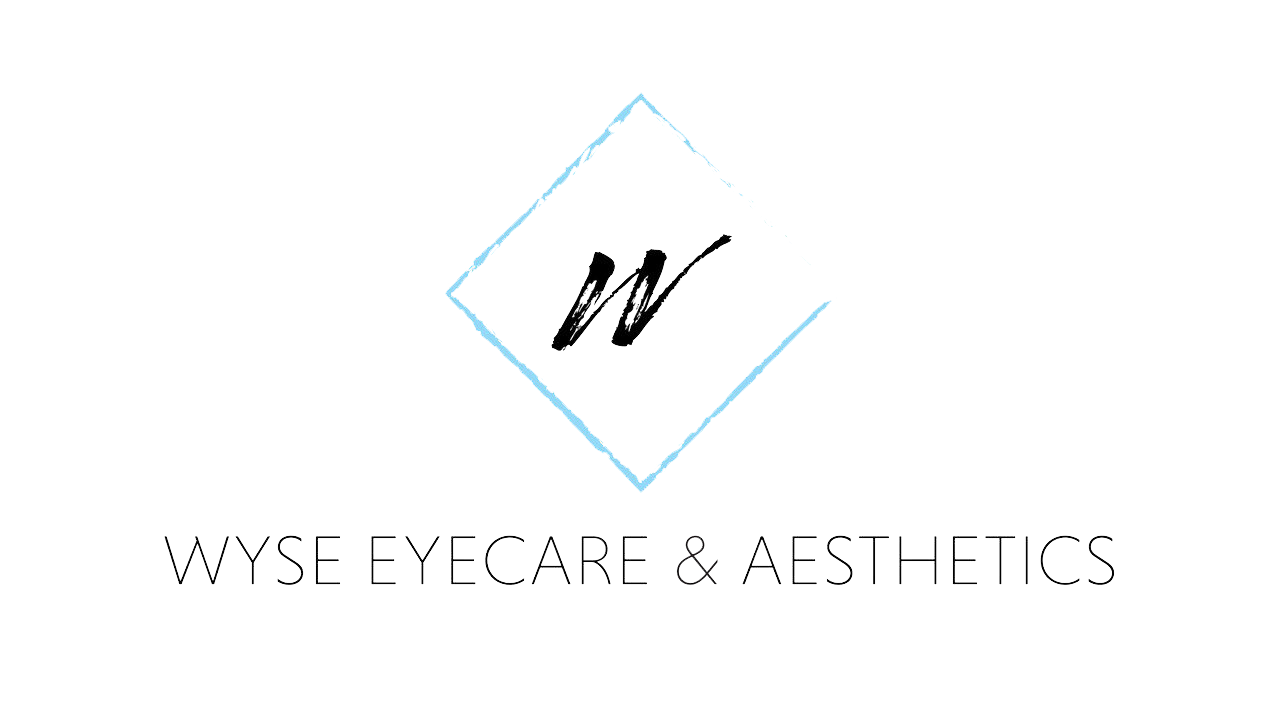BlephEx™
BlephEx™
What is BlephEx™?
BlephEx™ is a painless in-office procedure performed by your eyecare professional. A revolutionary new patented BlephEx™ hand piece is used to very precisely and carefully, spin a medical grade micro-sponge along the edge of your eyelids and lashes, removing bacteria and debris and exfoliating your eyelids.
BlephEx™ Procedure
The patented micro-sponge is disposable and a clean one is used for each individual eyelid so bacteria is not spread between the lids. The eyes are rinsed well afterwards.
The procedure lasts about 6 -8 minutes and is well tolerated. Most patients simply report a tickling sensation. A numbing drop is usually placed in each eye prior to treatment for increased comfort.
After the procedure, the patient is instructed on how to maintain their clean eyelids with regular nightly lid hygiene. Since home treatments are only semi-effective, the procedure is typically repeated at 4-6 month intervals. Blephex treatment is often used in combination with Lipiflow. This combination can very effectively help control blepharitis and related dry eye for 12-18 months.
What Causes Blepharitis?
Demodex folliculorum is a species of face mite. This micro-organism is frequently found on the lash line. Overgrowth, however, is a common cause of Blepharitis/MGD. Fortunately, treatment is very effective. Treatments for Demodex blepharitis include Tea Tree Eyelid Cleanser, Hypochlorus Acid Spray, Blephex™ and Lipiflow®.
See images below:



The Demodex Mite:

Signs and Symptoms of Blepharitis
If you suffer from one or more of the following symptoms, you may be suffering from blepharitis:
- Itching or scratchy eyes
- Foreign body sensation
- Tearing
- Crusting
- Redness/Inflammation
- Mattering
- Dry eye
- Eye rubbing
Blepharitis can only be diagnosed by your eye doctor. Make sure to let your doctor know of your eye symptoms and inquire about BlephEx, the latest in eyecare technology for lid disease.
There are several conditions which may affect the severity of blepharitis such as dry eye disease, allergies, seborrheic dermatitis, rosacea, age, contact lens wear, poor immune status,rheumatoid arthritis, Sjogrens disease, and androgen deficiency.
What Happens if Blepharitis is Left Untreated?
If left untreated, blepharitis can lead directly or indirectly, to a number of eyelid diseases, such as:
Dry Eye Syndrome – Due to inflammatory down regulation of tears glands in the eyelids, and swelling with subsequent occlusion of tear excretory ducts. Treated with numerous artificial tears,cyclosporine drops, punctal plugs, night-time moisture chamber googles, bedtime lubricating ointments
Chalazions(styes) – Occlusion of Meibomian excretory ducts causing painful swelling of Meibomian gland with leakage of highly inflammatoryoil components into surrounding tissue. Treated with hot compresses, lid scrubs,surgery
Cicatricial Ectropion – outward turning of the lower eyelid due to chronic lid inflammation and scarring down of the structural support tissue of the eyelid. Results in severe dry eye syndrome, corneal scarring and vision loss. Treated by artificial tears, ointments, hyaluronic acid injection and surgery. May necessitate a corneal transplant if scarring of the cornea becomes severe.
Involutional Ectropian – outward turning of the lower eyelid due to laxity and sagging of the lower lid caused by chronic inflammation and weakening of the eyelid support tissue. Treated by artificial tears, ointments and surgery.
Cicatricial Entropion – inward turning of the lower eyelid due to chronic lid inflammation and scarring down of the structural support tissue of the eyelid. Results in chronic irritation of the eye, corneal ulceration and scarring, and vision loss. Treated by surgery. May necessitate a corneal transplant if scarring of the cornea becomes severe.
Involutional Entropian – inward eversion of the lower eyelid due to laxity and sagging of the lower lid caused by chronic inflammation andweakening of the eyelid support tissue. Treated surgery. May necessitate a corneal transplant if scarring of the cornea becomes severe.
Acquired Distichiasis – an extra row of lashes that grow from Meibomian glands that have undergone aberrant differentiation to hair follicles due to chronic inflammation. Their close proximity to the cornea results in irritation, abrasion and sometimes scarring of the cornea. Treatmentis epilation of the lashes, either mechanical or using electrolysis.
Trichiasis – an inward turning of the lashes so that they abrade the corneal surface causing irritation, tearing, poor vision and occasionally corneal scarring. Caused by acute and chronic inflammation of the lid margin which disrupts the normal intra-lid anatomy surrounding the lash follicles. Treatment is epilation of the lashes, either mechanical or using electrolysis.
Schedule an Appointment
To learn more about Blepharitis and BlephEx™ treatment, schedule an appointment with Wyse Eyecare by calling (847) 497-2020. Our practice serves Northbrook, IL.

